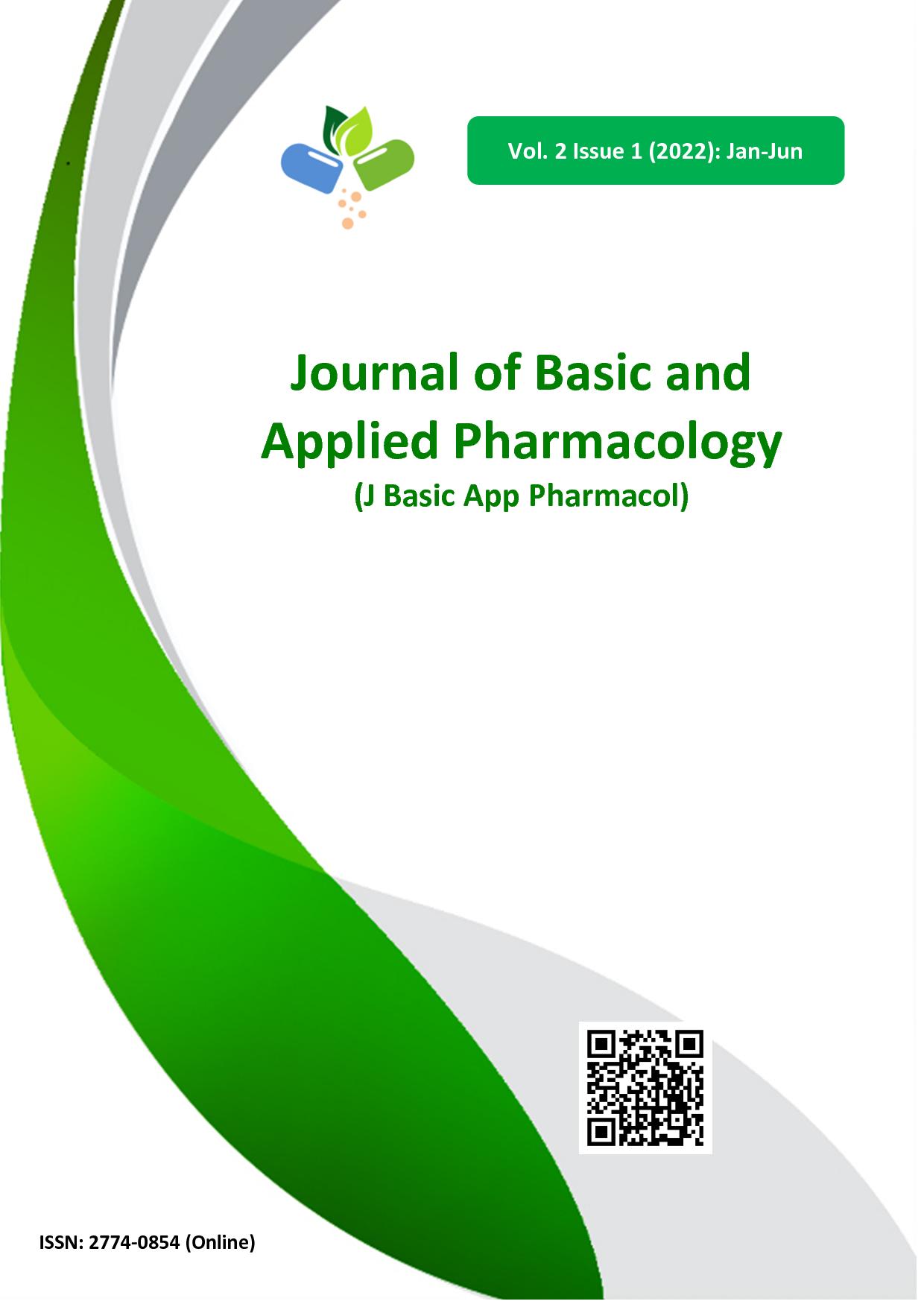Assessment of Skin Allergic and Irritant Reactions of Delonix regia Flower Extract and the Finished Cosmetic Products
Main Article Content
Abstract
Delonix regia (Hook.) Raf. is an ornamental tree with attractive flowers, and it is a symbolic tree of Thammasat University, Thailand. Its flowers contain rutin as major component with pronounced antioxidative properties. Many studies showed the cosmeceutical potential of D. regia flower (DRF) extract including antioxidant, antimicrobial, and photoprotective activities. In the course of utilizing DRF extract as a cosmetic ingredient, the evaluation of the skin allergic and irritant reactions of the DRF extract and the finished cosmetic products in healthy subjects was studied. Skin compatibility of DRF extract and the finished cosmetic products was evaluated using human single application closed patch epicutaneous test. The results showed that DRF extract up to a concentration of 4% w/w did not cause any skin irritation. Weak allergic reaction was observed with 4% w/w extract in 1 of the 29 subject. Body lotion and hand cream containing 0.3% w/w DRF did not cause any allergic reaction. Liquid soap containing 0.05% w/w DRF extract caused slight erythema (grade +) in 2 subjects. Therefore, DRF extract could be used safely as topical cosmetics up to the concentration of 4% w/w.
Article Details

This work is licensed under a Creative Commons Attribution-NonCommercial-NoDerivatives 4.0 International License.
Upon acceptance of an article, the Pharmacological and Therapeutic Society of Thailand will have exclusive right to publish and distribute the article in all forms and media and grant rights to others. Authors have rights to use and share their own published articles.
References
References
Modi A, Mishra V, Bhatt A, Jain A, Mansoori MH, Gurnany E, et al. Delonix regia: historic perspectives and modern phytochemical and pharmacological researches. Chin J Nat Med. 2016;14(1):31-39.
Masaki H. Role of antioxidants in the skin: anti-aging effects. J Dermatol Sci. 2010; 58(2):85-90.
Walker AP, Basketter DA, Baverel M, Diembeck W, Matthies W, Mougin D, et al. Test guidelines for assessment of skin compatibility of cosmetic finished products in man. Task Force of COLIPA. Food Chem Toxicol. 1996;34(7):651-660.
Walker AP, Basketter DA, Baverel M, Diembeck W, Matthies W, Mougin D, et al. Test guidelines for the assessment of skin tolerance of potentially irritant cosmetic ingredients in man. European Cosmetic, Toiletry and Perfumery Association. Food Chem Toxicol. 1997;35(10-11):1099-1106.
US Food and Drug Administration. Development & Approval Process (Drugs) [Internet]. [cited 2022 Mar 25]. Available from: https://www.fda.gov/Drugs/DevelopmentApprovalProcess/default.htm#Developing
Triyasut V, Itharat A, Chakkavittumrong P, Kanokkangsadal P. Irritation reaction on skin of long pepper extract in healthy volunteers (clinical trial phase I). Thammasat Medical Journal. 2016;16(4): 608-615.
Johansen JD, Aalto-Korte K, Agner T, Andersen KE, Bircher A, Bruze M, et al. European Society of Contact Dermatitis guideline for diagnostic patch testing - recommendations on best practice. Contact Derm. 2015;73(4):195-221.
CTFA (currently known as PCPC) Safety Evaluation Guidelines. Available from: https://webstore.ansi.org/Standards/PCPC/ctfasafetyguidelines 2007.
An SM, Ham H, Choi EJ, Shin MK, An SS, Kim HO, et al. Primary irritation index and safety zone of cosmetics: retrospective analysis of skin patch tests in 7440 Korean women during 12 years. Int J Cosmet Sci. 2014;36(1):62-67.
Shanmukha I, Patel H, Patel J, Riyazunnisa. Quantification of total phenol and flavonoid content of Delonix regia flowers. Int J Chem Tech Res. 2011;3(1):280-283.
Vivek MN, Sachidananda Swamy HC, Manasa M, Pallavi S, Kambar Y, Asha MM, et al. Antimicrobial and antioxidant activity of leaf and flower extract of Caesalpinia pulcherrima, Delonix regia and Peltaphorum ferrugineum. J Applied Pharma Sci. 2013;3(8):64-71.
White JML. Patch testing: what allergist should know. Clinic Exp Allergy. 2012;42:180-185.
Robinson MK. Intra-individual variations in acute and cumulative skin irritation responses. Contact Derm. 2001;45(2):75-83.
Judge MR, Griffiths HA, Basketter DA, White IR, Rycroft RJ, McFadden JP. Variation in response of human skin to irritant challenge. Contact Derm. 1996;34(2):115-117.
Brahem A, Aroui H, Gaddour A, Chouchene A, Aloui A, Kacem I, et al. Seasonal Variation in Patch Test Results with European Baseline Series. Dermatol Res Pract. 2020;2020.
Robinson MK, Population differences in acute skin irritation responses. Race, sex, age, sensitive skin and repeat subject comparisons. Contact Derm. 2002;46(2):86-93.
Murphy PB, Atwater AR, Mueller M. Allergic Contact Dermatitis. Treasure Island (FL): StatPearls; 2022.
Muruganandan S, Srinivasan K, Tandan SK, Lal J, Chandra S, Raviprakash V. Anti-inflammatory and analgesic activities of some medicinal and aromatic plants. J Med Aromatic Plant Sci. 2000;22:32.
Baswa S, Nallapu J, Yamsani VV. Evaluation of anti oxidant and anti inflammatory activity of methanolic flower extract of delonix regia. J Pharm Res. 2017;6(2):107-110.
Gniazdowska B, Rueff F, Przybilla B, Delayed contact hypersensitivity to non-steroidal anti-inflammatory drugs. Contact Derm. 1999;40(2):63-65.
Kowalski ML, Makowska JS. Seven steps to the diagnosis of NSAIDs hypersensitivity: how to apply a new classification in real practice?. Allergy Asthma Immunol Res. 2015;7(4):312-320.
Edward MJ, Norman FMTR. The controlled use test in a cosmetic product safety substantiation program. J Toxicol Cutaneous Ocul Toxicol. 1982;1(2):117-132.


